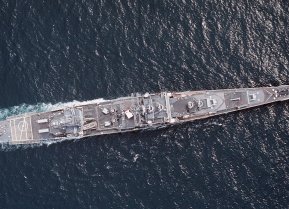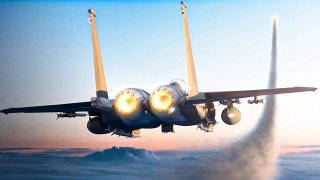The F-15EX Is the U.S. Air Force's 'Stopgap' Fighter Plane
In response to operational demands and evolving threats, a strike variant emerged, leading to the development of the F-15EX. This modernization effort, bolstered by lessons from export models and advancements in technology, aims to address the shortfall in fighter numbers caused by the limited procurement of the F-22 and delays in the F-35 program.
Summary: In response to operational demands and evolving threats, a strike variant emerged, leading to the development of the F-15EX. This modernization effort, bolstered by lessons from export models and advancements in technology, aims to address the shortfall in fighter numbers caused by the limited procurement of the F-22 and delays in the F-35 program. The F-15EX features significant enhancements across structural, avionic, sensor, and weapons systems domains, doubling the service life of previous models and incorporating advanced engines, fly-by-wire control systems, and a formidable weapons payload capacity.
Why Does the U.S. Air Force Need the F-15EX from Boeing?
The F-15 Eagle originated in the 1960s, at a time when U.S. aircraft suffered staggering losses in the skies over Vietnam.
In developing an air superiority fighter capable of tangling with the speedy, maneuverable Mig-21s fielded by the North Vietnamese Air Force, designers were suddenly faced with fears over the perceived capabilities of the brand-new Soviet MiG-25. This led to calls to improve the fighter, already in development, in order to match the new Soviet interceptor. Infighting among the U.S. Air Force and U.S. Navy’s developmental fighter programs left initial details in limbo. Some in senior leadership wanted a multirole strike fighter, while others wanted a pure air superiority platform. Eventually, proponents of air superiority won out, and the F-15 Eagle was born.
This aircraft proved to be incredibly successful, with over 100 aerial shootdowns, and no losses to speak of.
Following initial design, McDonnell Douglas quietly worked on a strike fighter variant of the Eagle, a prescient move that yielded a contract in the 1980s. In this role, the Eagle was envisioned as a deep strike/interdiction aircraft, capable of flying unescorted deep into hostile territory to strike at enemy logistics.
Today, the F-15 has a proven track record, multiple upgrades, existing infrastructure, and export partners. This places it in an ideal position as the Air Force faces procurement woes with the F-22 Raptor and F-35 Lightning II.
Not Enough Fighters
The F-22 was supposed to be the air superiority fighter to end all air superiority fighters. But its high cost and the perceived decline of the threats it was designed to face caused the U.S. Congress to cut procurement below the Air Force’s original request. This, coupled with delays in the F-35 program, left a shortfall of fighter platforms by the 2010s. Venerable F-15Cs and Ds were still flying, some beyond their designed service life. In an effort to fill this gap and keep fourth-generation fighters relevant, the Air Force commissioned the F-15EX program.
Similar to the U.S. Navy’s Block III upgrade for the Super Hornet, the EX makes the Eagle more lethal and survivable against modern threats. The changes are significant enough that they cannot be retroactively applied to existing F-15C/Ds. Each F-15EX is fresh off of the factory line.
Due to work done for export partners, Boeing – the new manufacturer of the Eagle – already had a range of upgrades it was able to integrate into the EX platform. These make the F-15 the perfect stopgap fighter as the Air Force takes more deliveries on the F-35 and continues work on its Next Generation Air Dominance program.
What Makes the F-15EX So Formidable
The upgrades featured on the EX run nearly the full spectrum of design, from structural, to avionics, to sensors, to weapons systems. Structurally, Boeing built on revisions for the Qatari export model to redesign the wing with a projected service life of 20,000 hours – a staggering figure that doubles the 10,000 hours of the Navy’s Block III Super Hornets.
First developed in the 1980s, the General Electric F110-GE-129 engine is nonetheless a significant upgrade when integrated into the EX. These powerful engines give the new Eagles a max speed of Mach 2.5, a combat range of 687 nautical miles, and a service ceiling of 60,000 feet. Perhaps most impressive, however, the increase in thrust that this engine will bring to the aircraft also boosts the maximum payload of the F-15 to 29,500 lbs. Coupled with added weapons stations, this makes the aircraft a veritable monster, capable of carrying up to 12 air-to-air missiles. Theoretical designs even see it capable of launching with 16 AIM-120s, 4 AIM-9s, and 2 AGM-88 HARMs.
To control this advanced fighter, pilots of the F-15 will finally be aided by a fly-by-wire control system, in which a computer processes a pilot’s flight control inputs and calculates ideal control surface deflections for what it perceives the pilot is trying to do. This is contrary to traditional models where pilot controls are directly linked to aircraft surfaces. Computer-aided flight controls increase stability and allow pilots to fly right to the edge of the envelope without losing control of the aircraft.
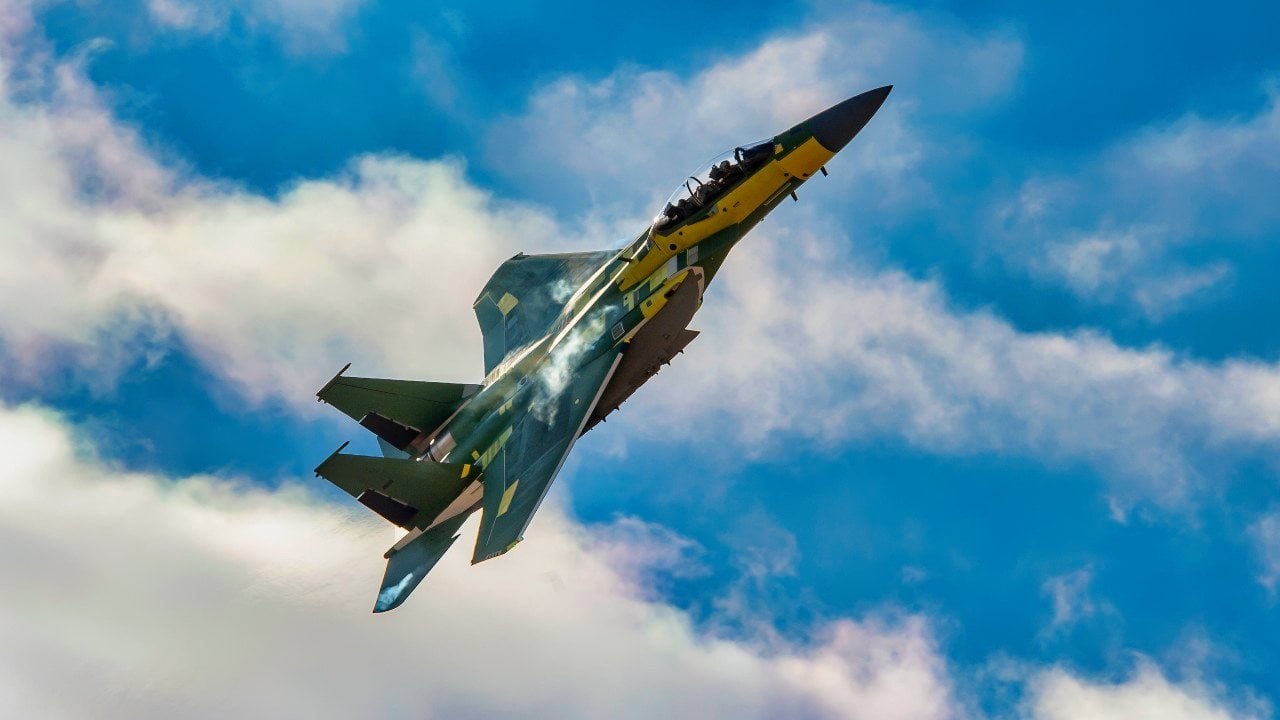
Managing the complex systems of the aircraft falls to the Advanced Display Core Processor II (ADCP II) mission computer. This powerful computer runs the new Open Mission System software, an open-architecture software that will streamline future updates without having to go through expensive hardware changes.
The ADCP II will process, synthesize, and display information from a range of new sensors. The APG 82 radar and Legion Pod's ASG-34(V)1 IRST21 provide enhanced detection and situational awareness, while the AN/ALQ-250 Eagle Passive/Active Warning and Survivability System (EPAWSS) suite provides radar warning and jamming capabilities.
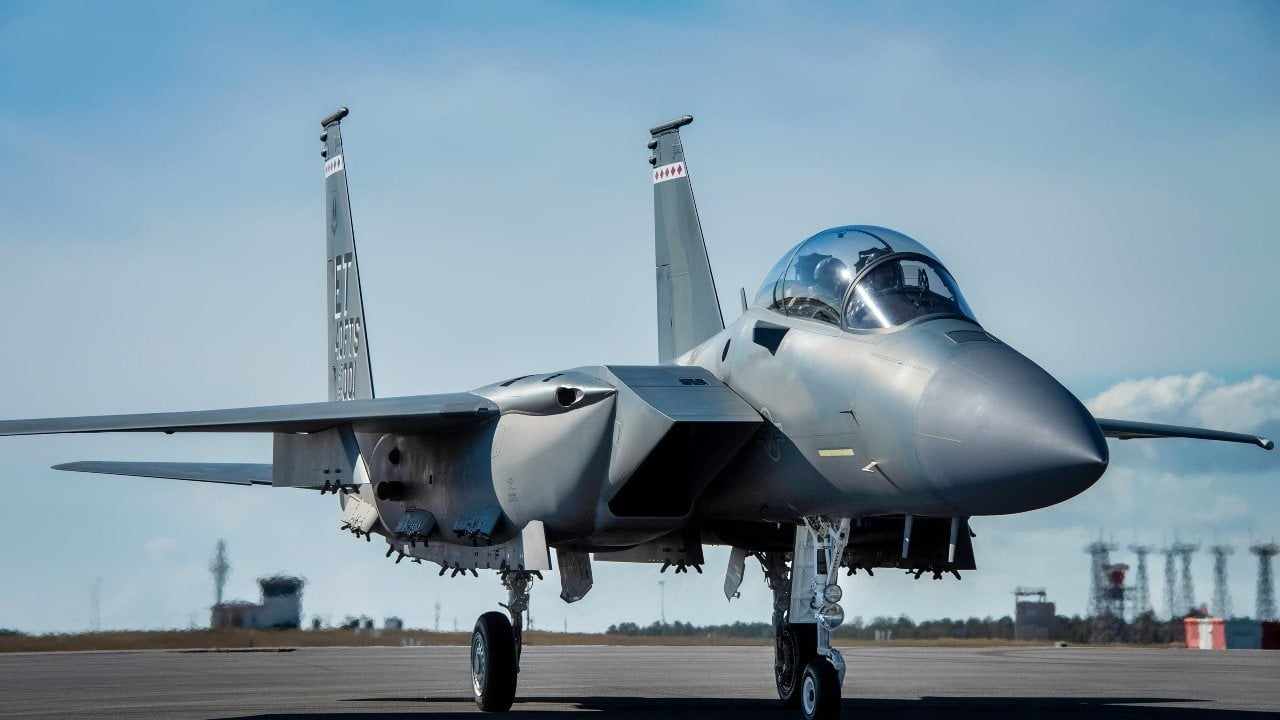
All of these benefits are matched by cockpit improvements as well. A 10x19-inch large-area touchscreen display makes managing information in the cockpit much easier, while the Joint Helmet Mounted Cueing System, already available in many jets, increases high off-boresight targeting capabilities – meaning the pilot can aim at targets outside the direct line of sight – and improves awareness in the air-to-surface environment.
Homeland Defense
While these upgrades bring an impressive suite of improvements that make the F-15 far more lethal, the Air Force projects it will be vulnerable to advanced threats by the end of the 2020s. Planners hope to use the EX primarily for home defense in Air National Guard units. They might also be used in enforcement roles, such as patrolling no-fly zones, or for strikes in airspace with limited defenses.
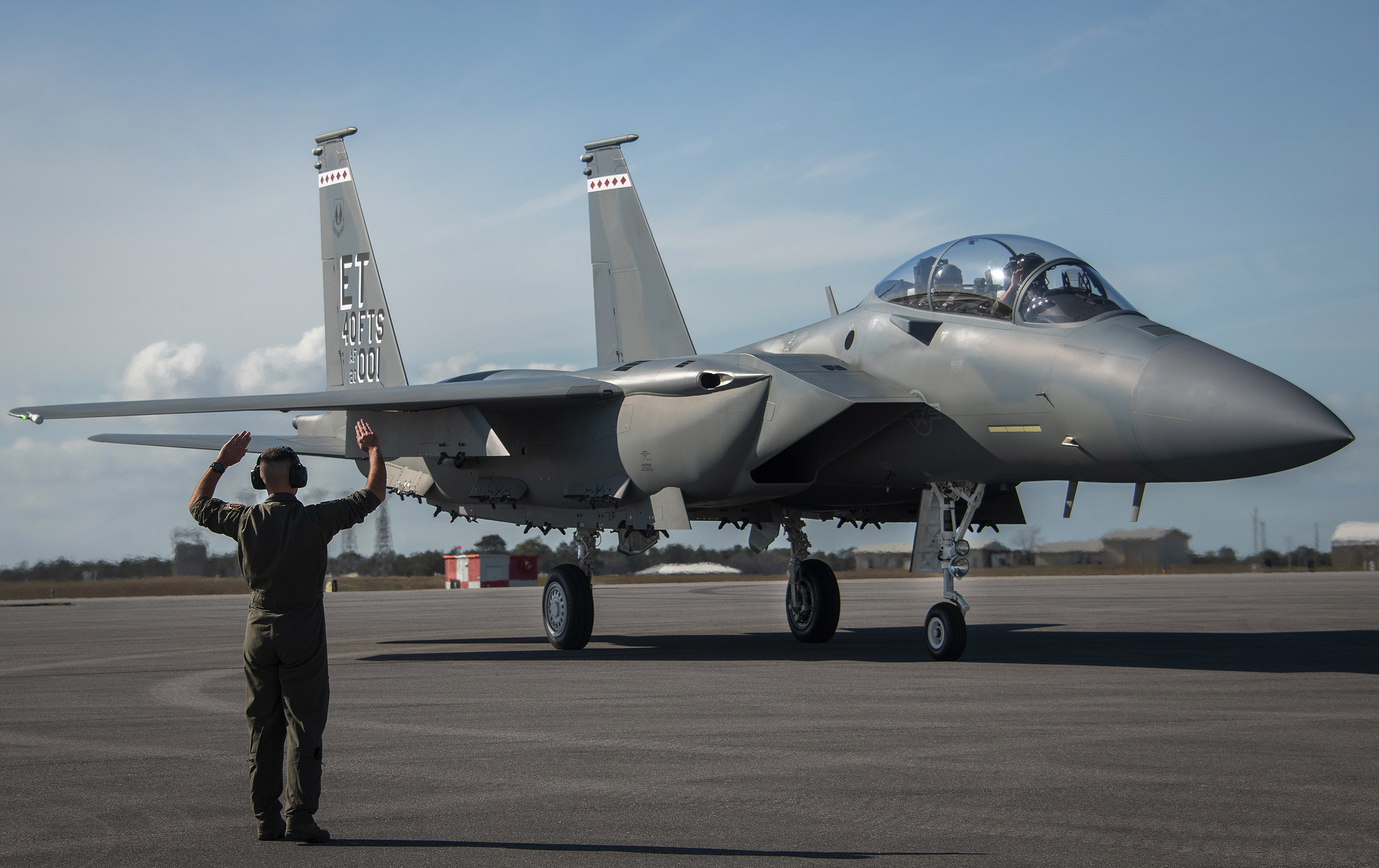
About the Author: Maya Carlin
Maya Carlin, National Security Writer with The National Interest, is an analyst with the Center for Security Policy and a former Anna Sobol Levy Fellow at IDC Herzliya in Israel. She has by-lines in many publications, including The National Interest, Jerusalem Post, and Times of Israel. You can follow her on Twitter: @MayaCarlin. Email the author: [email protected].
